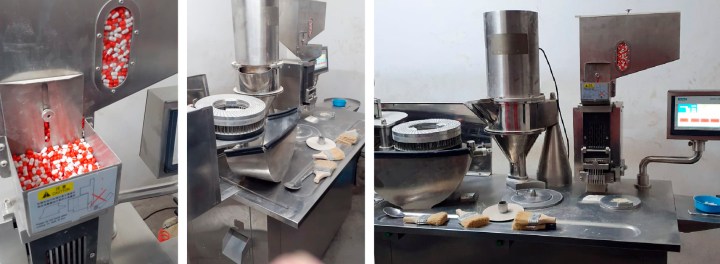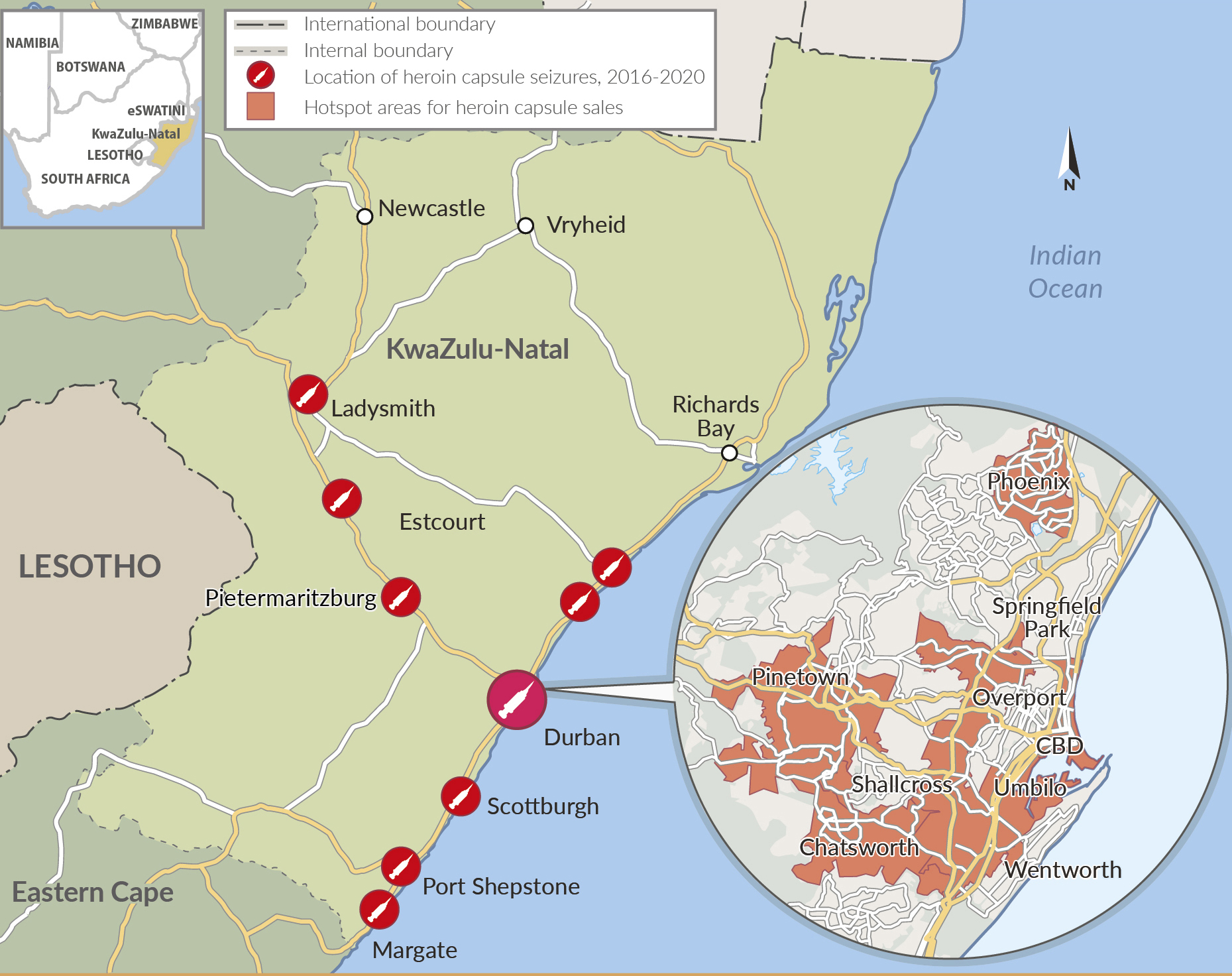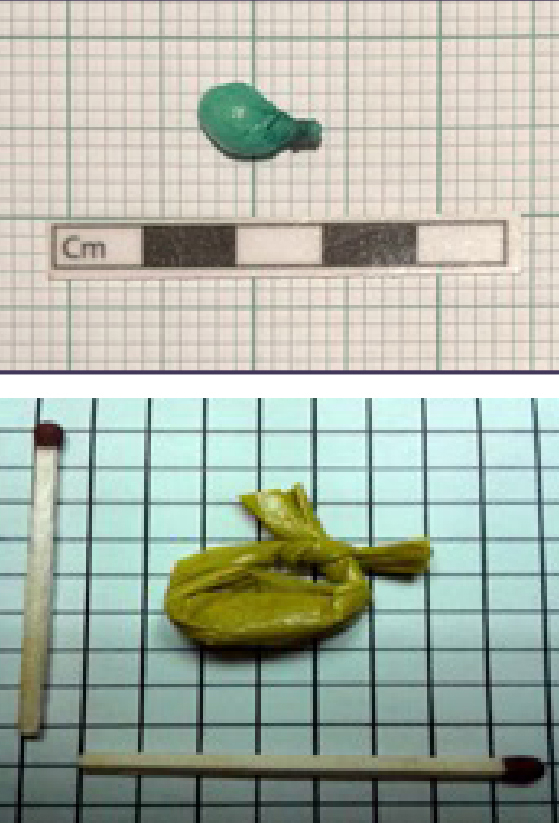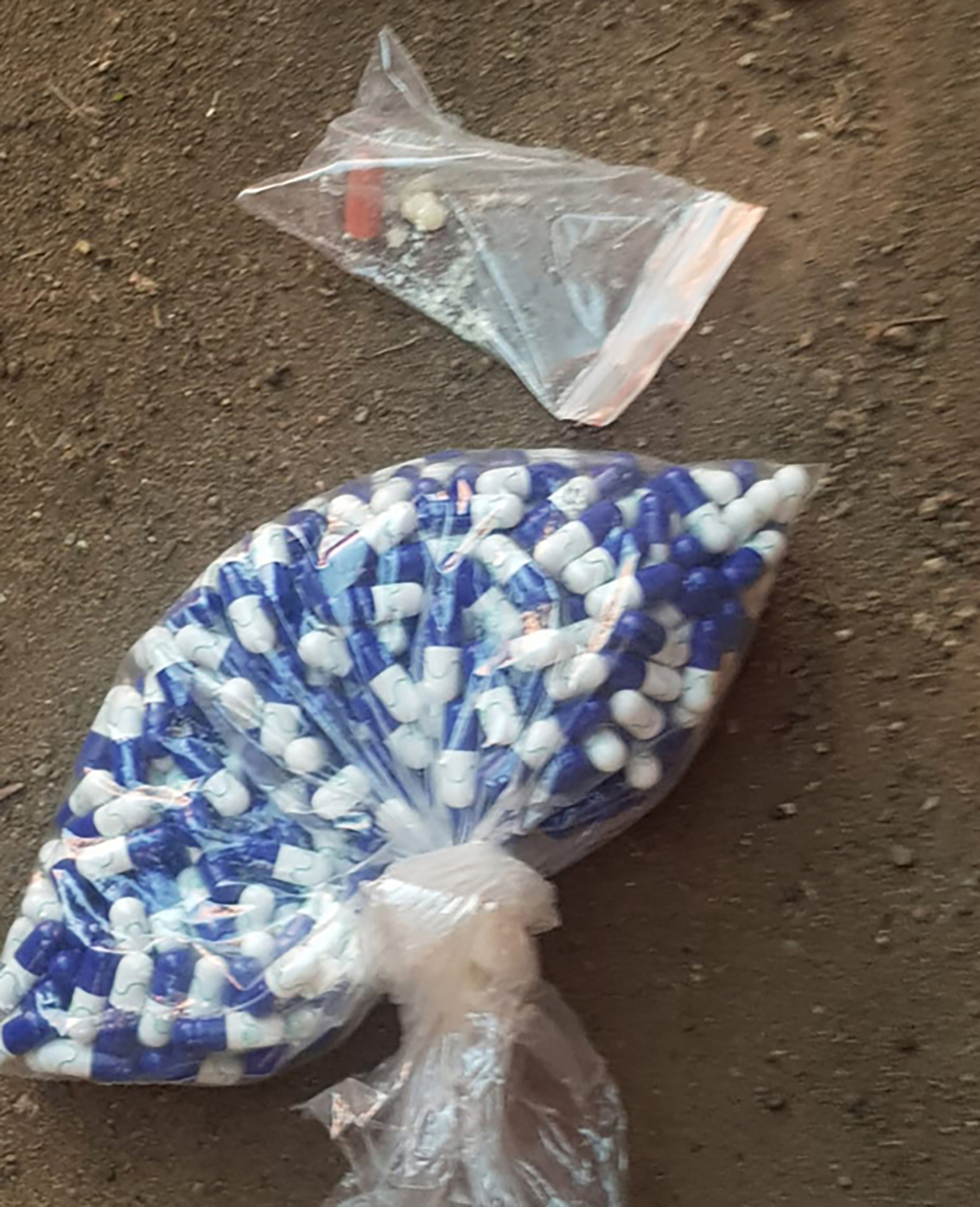OP-ED
Heroin capsules have transformed Durban’s drug market, fuelling violent competition

The port city is almost the only known area in all of East and southern Africa where heroin is widely sold in capsule form. While such capsules are a relatively recent phenomenon, they have quickly become a major part of the heroin market in Durban. Our new research explores the impact these capsules have had there in terms of violence, profitability and local demand for the drug.
This article appears in the Global Initiative Against Transnational Organised Crime’s monthly East and Southern Africa Risk Bulletin. The Global Initiative (GI-TOC) is a network of more than 500 experts on organised crime drawn from law enforcement, academia, conservation, technology, media, the private sector and development agencies. It publishes research and analysis on emerging criminal threats and works to develop innovative strategies to counter organised crime globally. To receive monthly Risk Bulletin updates, please sign up here.
In early 2020, a police operation targeting a drugs-processing facility in Pinetown, Durban, yielded a significant find: A machine for filling and processing pharmaceutical-style capsules. According to police, the machine was capable of processing up to 25,000 capsules per hour.
This was yet another sign of the trend for capsulised heroin that has been sweeping Durban in recent years. However, despite the advantages capsulisation brings in terms of more efficient production and distribution, Durban (and its surrounding area) remains unique as the only region in South Africa where drug networks regularly distribute heroin using this method.
New GI-TOC fieldwork in and around the city has found that this step forward in the sophistication of the heroin market has had knock-on effects in terms of its profitability, local demand for heroin and on violence.
Buying capsules and machinery
According to police sources in Durban, empty capsules are generally imported from China and India to Durban. An officer with the Directorate for Priority Crime Investigation (Hawks) said that “Type 4” (14mm) pharmaceutical capsules are generally used, although more recently other sizes have been seized, including “Type 5” (11mm). Attempts by the SAPS and Durban Metro Police to monitor imports of empty capsules have been unsuccessful because capsules could be destined for a range of legitimate products.
Both capsules and machinery are readily available to buy, and the capsules are cheap; a supplier in India quoted just $1.30 (about R18.80) for 1,000 Type 4 capsules. The machinery required to fill the capsules does present something of a cost barrier to entry for drug networks, but it is not exorbitantly priced. A supplier in India said a semi-automated capsule-filling unit costs about $15,000 (about R217,695) and could be operated by one person. However, the machine requires a three-phase electricity supply (415 volts), which may mean drug networks would have to base their operations in industrial areas where such connections are available.
Once capsulised the heroin can be easily distributed to users, who do not ingest the capsules — they pull apart easily and the drug is generally smoked or injected.
The advantages of heroin capsules
Four Durban-based SAPS narcotics specialists interviewed all agreed that heroin capsules were unique to Durban. Research that has surveyed heroin markets across South Africa and the wider region found that capsules are an isolated phenomenon in the Durban area.

Heroin capsules are a unique feature of the drugs market in Durban. This map shows where significant heroin capsule seizures have been made in KwaZulu-Natal between 2017 and 2020. The inset map of Durban highlights which suburbs of the city are known as areas where capsules are sold. (Photo: SAPS)
Criminologist Monique Marks, a research professor at the Durban University of Technology who has a deep knowledge of drug use in the city, said heroin-filled capsules first appeared in Durban in about 2017. The new method quickly became common: The GI-TOC’s analysis of heroin capsule seizures in Durban and KwaZulu-Natal show a significant rise in the number seized from 2019. Before capsules, brown heroin (mixed with bulking agents) was mainly sold in “straws”. “The shift to capsules is most likely due to these being easier to produce and to disguise as conventional medication,” said Marks.
Police sources agreed with Marks’s theory about efficient production. Manufacturing capsules is considerably more efficient than making heroin loops or “twisters” (binding the drug in small plastic strips) or straws, which are manually filled and heat-sealed. The amount contained in a capsule is the same as that of a straw or a loop, a Metro Police officer told the GI-TOC.

These two samples show different ways of packaging heroin that are found in South Africa. The top image shows a sample photographed in Cape Town; the sample on the bottom, in Port Elizabeth. Heroin capsules are unique to Durban, and across the country simpler plastic packaging like these are more common. (Photo: SAPS)
Capping heroin makes for more time-efficient packaging and for easier and more precise dose allocation, with the capping machine ensuring that the same measure is inserted in every capsule, which makes counting of doses and distribution to dealers easier. Suppliers or wholesalers can service dealers who have different-size customer bases, effectively removing layers of middlemen from the distribution pyramid.
Capping machines mean fewer people are involved in heroin processing and the potential for information leaks is reduced, making production more secure, a SAPS member told the GI-TOC. Police busts suggest drug kingpins stored capsules in houses on their turf (“gullies”), which are occupied by people on their payroll. Capsules may make it easier for kingpins to stash drugs with associates and keep track of merchandise.
Colour and markings are also significant. A host of different-coloured heroin capsules with a variety of markings and logos have been seized in Durban busts. An identifiable capsule brand allows networks to build a kind of “brand recognition”. This helps networks reinforce control over sales on their turf and become associated with the quality of the heroin — an important distinguishing quality in an expanding market characterised by fierce competition. SAPS members said some drug lords sourced heroin from the same wholesalers at times, but increasingly they sought to differentiate themselves from rivals.
The case of the “Metro” capsule — so called because the blue and white capsules matched Durban Metro Police vans — highlights the importance of product brand, quality and consistency in capturing, retaining and growing a market. “The addicts went wild for the blue and white cap when it first hit the streets,” a police officer told GI-TOC. SAPS members said the capsules were sought after until either the producer’s quality dropped or poorer-quality copies emerged. Police had noticed a marked response to the quality of the capsules: “If the users don’t get a good hit they will drop a dealer.”

Heroin capsules seized in Wentworth, Durban, one of the suburbs of the city where heroin capsules are widely sold. The colours suggest they are a particular type of capsule sold in the city, known as ‘Metro’ because they recall the colours of Durban’s metropolitan police cars. (Photo: SAPS)
While it is difficult to definitively link specific capsule designs to individual suppliers, police interviewed for this story argued that the colour and appearance of capsules was a branding tactic used by competing drug kingpins.
The changing economics of the Durban heroin market
Marks said the emergence of heroin-based capsules in Durban had coincided with an increase in the availability of the drug. Like any other commodity, the greater the supply, the more the market adjusted in terms of price. Today, a heroin capsule retails in Durban for about R15, whereas in 2015 the same quantity of heroin in a straw cost R35.
“There has been an increase in the demand for heroin because of the deepening social crisis,” Marks said. “Brown heroin is a fairly cheap drug for a group that is increasing in size because of social and political drivers. Year on year there has been a decrease in the cost of heroin and an increase in usage.”
Capsules have made supplying this booming market easier. A 37-year-old heroin user in downtown Durban told the GI-TOC the capsules he used were mostly sold around Durban station or Albert Park, both in the CBD. “You pay R18 for a capsule on the street, but if you get to a wholesaler you can get that cap [one hit] for R7.” He said he tried to get at least three hits a day which, according to Marks, is typical: Most users needed about three to five a day.
SAPS officers told the GI-TOC that 1kg of heroin is generally cut with 3kg of additional substances that have a similar molecular weight, from baby powder to methamphetamines and even, recently in Durban, methaqualone. SAPS officers said variation in the cut and content of the Durban capsules influenced profits dramatically.
A group of police members (SAPS and Metro Police) said 1kg of heroin cut made about 25,000 Type 4 capsules, with a street value of between R300,000 and R375,000, but information from a Hawks officer differed: “We are seeing more Type 5 capsules now. They are smaller, containing between 0.03mg and 0.04mg of heroin. It is not always an accurate science. An importer buys 1kg of heroin for around R120,000 to R150,000. He adds a number of bulking agents. Phenacetin [a pain medicine] is common. If your 1kg makes approximately 40,000 capsules, each will sell at R12, or a total of R540,000. If he paid R150,000 for the heroin his profit is R390,000, less other expenses.”
A Metro Police officer told the GI-TOC that one relatively low-level dealer in Wentworth arrested in March 2021 reported selling 2,000 capsules a day, seven days a week. Police say drug runners are paid R1 for each capsule moved.
Volatility and violence
Three Durban Metro Police officers with specialist drug experience told the GI-TOC that more drugs were coming into Durban, fuelling violent competition. One said: “There are more importers now… It means more volume and more violence, especially since heroin capsules arrived on the scene.”
A Metro Police officer said heroin dealers in Wentworth, south of Durban, are engaged in a “race to the bottom” price war, with capsules selling for as little as R8. These prices brought more customers, but also more violence. “You see people lining up here every day,” the officer said. “People come from all over because it is cheaper. In Wentworth, the competing dealers live across the road from one another. Violence is high because of turf and they are easily caught up in feuds and revenge attacks.” Ultimately “the guys in Wentworth are killing each other over price”.
Since 2018 there have been several high-profile drug-related murders in Durban, including in Wentworth, Overport and Umhlanga. The January 2021 killing of the notorious underworld figure Yaganathan Pillay, known as “Teddy Mafia”, made headlines after his killers were beheaded and their bodies set on fire by a mob. In the year preceding Pillay’s murder there were a string of hits targeting his family and suspected members of his network. While some police members said Pillay was the original producer of heroin capsules in Durban and had manufacturing labs, others maintain he was in fact a tier below a producer. “There are at least 20 Teddys in town [in a similar league in terms of trade volume]”, a SAPS officer said.
The violent competition continues. On 8 March 2021, a 52-year-old man was shot dead on Taurus Street, where Mafia lived. A SAPS officer told the GI-TOC: “Whoever has taken over from Teddy whacked that guy because he was trying to trade on their turf.” The shooting took place after the 23 February 2021 arrest of Mafia’s nephew Govin Govender in a house fewer than 500m from Mafia’s home, during which police seized 10,700 heroin capsules in two colour designs (orange and white, and pink and clear), according to an internal police report received by the GI-TOC.
While the efficient production of heroin capsules may have increased profits for drugs networks, the signs of market volatility paint a more complicated picture. It appears that while the drug trade in Durban may have found a more streamlined way of selling heroin, such gains have been counterbalanced by violent competition as more actors seek to take advantage of the growing market for heroin.
It remains to be seen whether the innovation of Durban’s heroin-capsule trade is adopted elsewhere in South Africa, and whether such adoption will bring similar levels of criminal disruption. DM

















 Become an Insider
Become an Insider
Comments - Please login in order to comment.